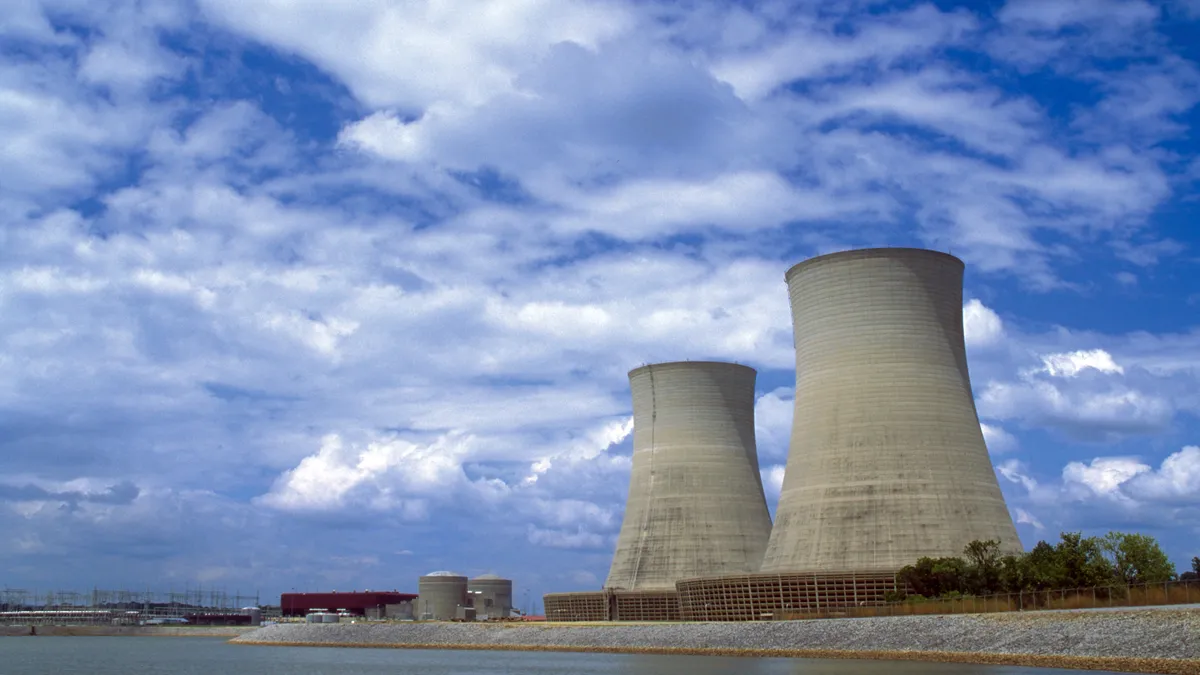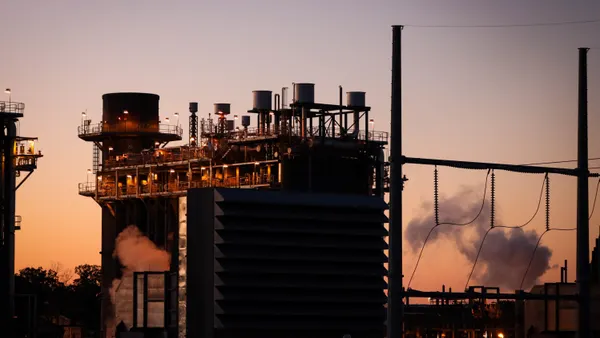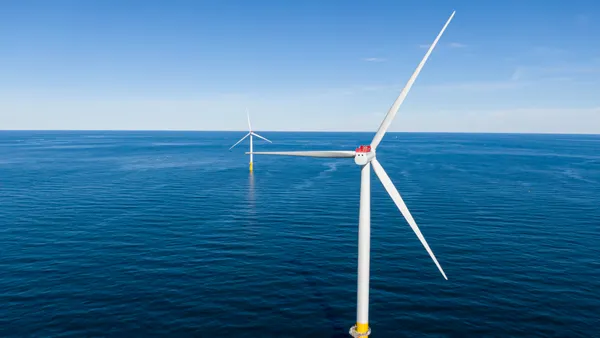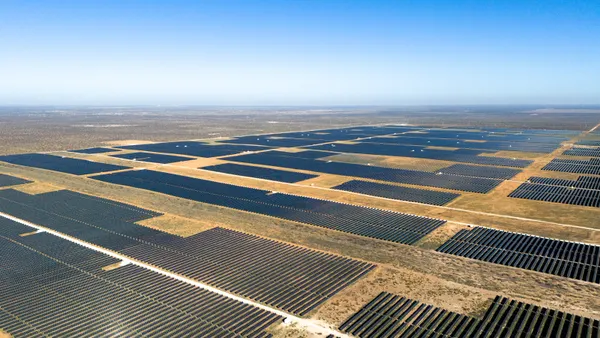Dive Brief:
- Constraints on Southern California's gas infrastructure could have an impact on electric reliability this summer, potentially even spilling over into the winter, the U.S. Energy Information Administration said on Friday.
- Citing recent studies released by Southern California Gas Co. and the Aliso Canyon Technical Assessment Group, the agency said gas imports or demand response programs may be needed to keep the lights on.
- Total gas capacity in the region will be slightly lower than 3.6 billion cubic feet per day (Bcf/d) this summer, a decline of 0.2 Bcf/d from last summer's deliverability. If demand rises above that level, some deliveries to electric generators could be curtailed.
Dive Insight:
The Aliso Canyon leak continues to complicate Southern California's energy situation. Risks to electric reliability because of gas storage issues are "greater in the local reliability areas of Southern California than to the rest of the CAISO system," the EIA concluded. "Operational constraints limit Aliso Canyon output, increasing ramping requirements in California."
Base case total system deliverability capacity — a combination of the pipeline system and the deliverability capacity of non-Aliso storage working gas — is slightly lower than 3.6 Bcf/d. In winter months, demand regularly exceeds that level, but it has only been hit once in the past five summers, EIA said. If that occurs, "some natural gas deliveries to electric generators may need to be curtailed."
Southern California Gas' Aliso Canyon facility was previously the second largest in the United States. However, a leak discovered in October 2015 reduced its capacity from 86 Bcf to about 25 Bcf. That dropped total capacity of the four storage facilities in the SoCalGas service territory from 136 Bcf to 74 Bcf.
The Aliso Canyon Technical Assessment Group, which includes California energy regulators, the state's grid operator and the Los Angeles Department of Water and Power, has issued several suggestions to address the situation, including importing liquefied natural gas, expediting electric grid upgrades and taking advantage of demand response projects. Also on the table are a possible increase in the storage capacity of Aliso Canyon and coordinating with gas customers to ensure they are prepared to respond to high and low operational flow orders.
Last month, the North American Electric Reliability Corp issued a report on the summer ahead, concluding California faces a "significant risk of encountering operating conditions that could result in operating reserve shortfalls."
Some of that is due to the retirement of 789 MW of dispatchable gas-fired generation that had been available in prior summers to meet high load conditions.














